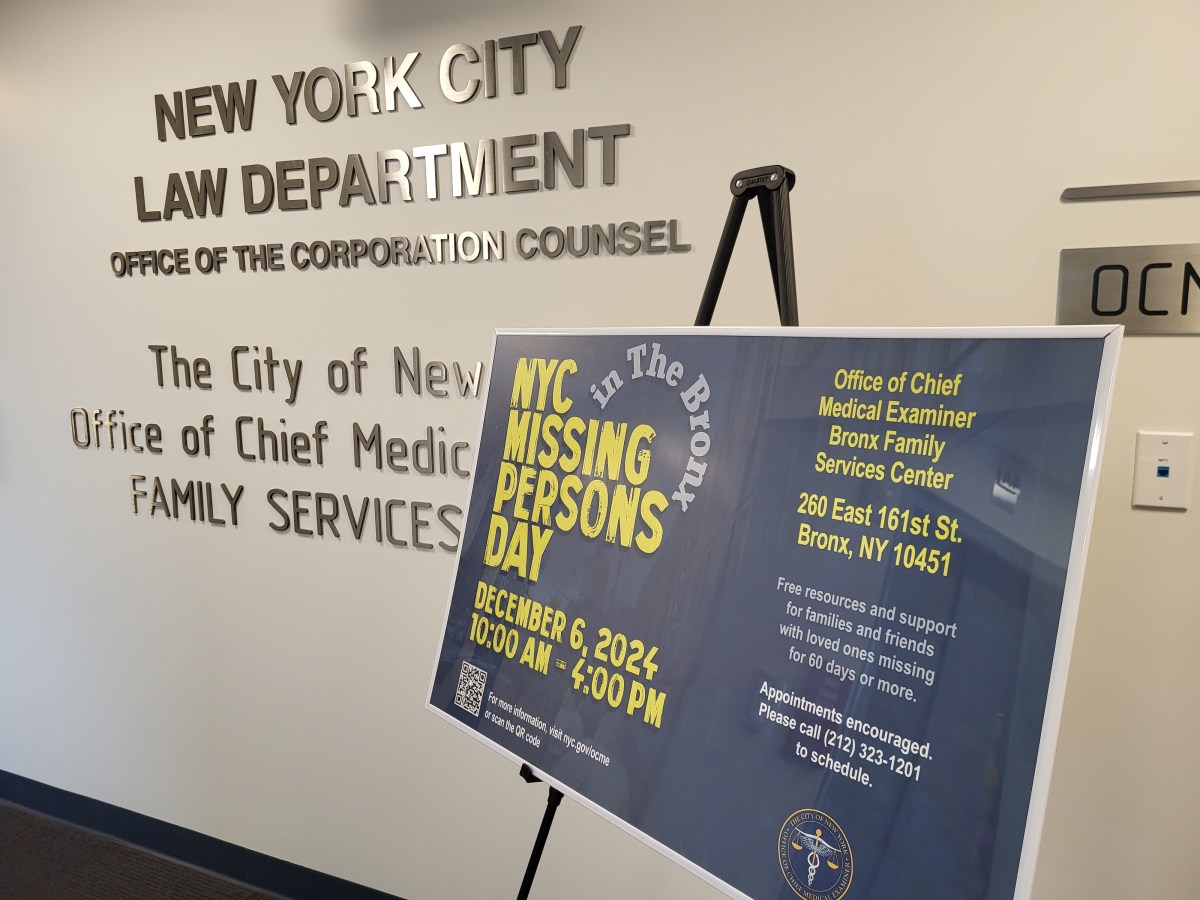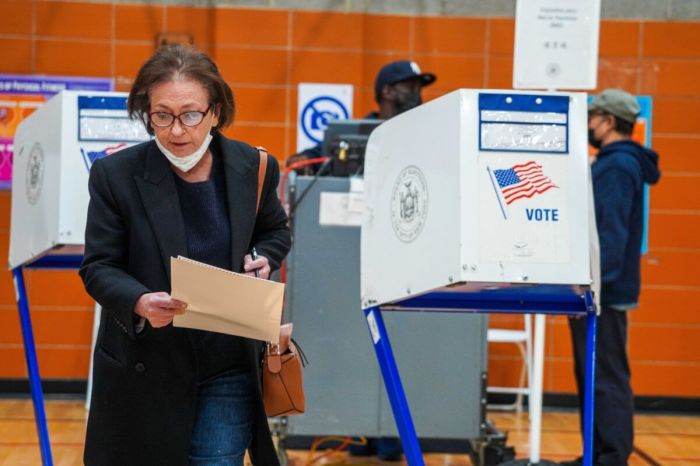
With fireworks and family time behind them, commuters are back to another crowded Monday morning subway ride.
Riders just want a clean, uncrowded train that’s on time. To do that, MTA executives are looking to overhaul the bureaucracy of the nation’s largest transportation system. A few weeks ago, the MTA received a draft of what is being labeled a transformation plan, developed by AlixPartners, a consulting firm. Now, speculation is mounting about what’s in the plan, what’s next for the MTA hierarchy and what it all means for you. The MTA will discuss the plan at meetings this month. And the authority should make the report public as soon as possible.
Some of the likely themes, though, have been discussed for years. Consolidating services, shifting responsibilities and cutting costsare constant refrains. Such change won’t be easy for acranky, byzantine bureaucracy like the MTA. But it is worth doing. The authority is massive, and there’s room for streamlining to make it more efficient.
That could include centralizing departments like legal and human resources and procurement. It’s also possible that more construction and capital projects could be brought under the MTA’s capital construction division. That would work only if the division’s leaderscan make key decisions while still coordinating with the heads of New York City Transit and the commuter rails.
Overseeing the effort will be a director of transformation who will report to the MTA board, which is unusual but might give the director the independence needed to shake things up. Some transit advocates worry that the plan, plus other changes, could give Gov. Andrew Cuomo too much power. That’s worth watching, but the governor’s micromanaging might be needed. However, control also means taking the blame when things go wrong.
So far, it’s unclear what this might mean for Andy Byford, who heads NYC Transit. Byford’s role is critical. But if he and the other agency chiefs have the chance to focus on service and operations, their core responsibilities, riders could benefit the most.
That should be everyone’s goal.
































